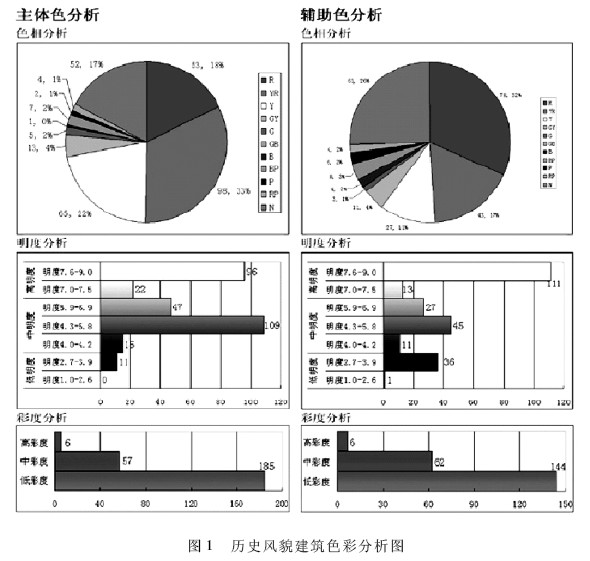1 Introduction
Tianjin historical architecture as a window to showcase Tianjin's distinctive features, how to make them glow with new vitality and vitality at night is the focus of current landscape lighting design. Due to the rich and varied colors of historical buildings, how to better use light color to create a good atmosphere for architectural night scenes has always been a problem in the field of lighting. This paper is supported by the National Natural Science Foundation project “Quantitative Research on Color and Light Emotion in Artificial Light Environmentâ€. Combined with the author's participation in the work of “Tianjin Urban Color Planningâ€, the typical light source of landscape lighting is simulated under laboratory conditions. The typical case of the historical architectural color of Tianjin is simulated by the chromatic lighting, and the subjective evaluation and scientific analysis of the color light application effect of the case are obtained, so that the preliminary conclusion of the emotional expression based on the architectural color is obtained.

2 Tianjin historical style architectural color test
Screening of many historical districts in Tianjin, and selecting historical and architectural buildings in well-preserved and representative neighborhoods (5th Avenue, Italian Style Street, Jiefang North Road) for color testing. Focus on scientific investigation and statistics on building color, auxiliary color and construction materials. In the sunny day 10: 00 ~ 15: 00 period with the "Chinese architectural color card" national standard (GSB 16-1517-2002) as the standard, the use of color card visual comparison method, enter color sample data; also use TOPCON BM-7 portable The color luminance meter measures the brightness value of the color sample. Quantitative analysis of the Hue, Value and Chroma of the sampled color using the Munsell Color System, scientifically screened according to the different weights of the three-dimensional properties of the color, and summed up the historical architectural chromatogram .
2. 1 Historical style architectural color analysis
(1) Architectural color analysis: Statistical analysis is carried out on the color, brightness and chroma of the historical and architectural colors of the five avenues, the Italian style street and the Jiefang North Road (see Figure 1). The main body color of the building should account for more than 60% of the color area of ​​the building facade, and the architectural auxiliary color should account for about 25% of the color area of ​​the building facade. Body color (300 samples): Hue is dominated by warm tones, 33% yellowish red (YR), 22% yellow (Y), 18% red (R), 17% achromatic (N), 10% others; It is 57% medium brightness, 39% high brightness, 4% low brightness; chroma (excluding 52 non-color samples) is 75% low chroma, 22% medium chroma, 3% high chroma. Auxiliary color (244 samples): Hue is dominated by warm tones, 32% red (R), 26% achromatic (N), 17% yellowish red (YR), 11% yellow (Y), 14% others; It is 51% high brightness, 34% medium brightness, 15% low brightness; chroma is 68% low chroma, 29% medium chroma, 3% high chroma.
(2) Architectural chromatographic induction: The principle of building color samples is the preferred principle, and the principle of reflecting the statistical analysis of color samples and the proportion of hue, lightness and chroma are reflected. According to the results of SPSS software analysis, after the sample of the historical color samples of historical style buildings is not representative, or the samples of the building color integrity and harmony are destroyed, the representative and overall harmonious historical landscape building chromatograms are refined. The historical color of the building's chromatographic main body is warm (YR, Y, R), medium and high brightness, medium and low chroma. The auxiliary color is mainly warm (R, YR, Y), high brightness, medium and low chroma.
In addition, the main colors of the historical buildings are the natural colors of natural stone, cement and various clay bricks, such as the brick red (YR, R) of the clear water brick wall of the historical style building in the Italian style street and the five-avenue block. The beige (Y) of the plaster, and the light gray (N) of the granite of the financial building of Jiefang North Road, and so on.